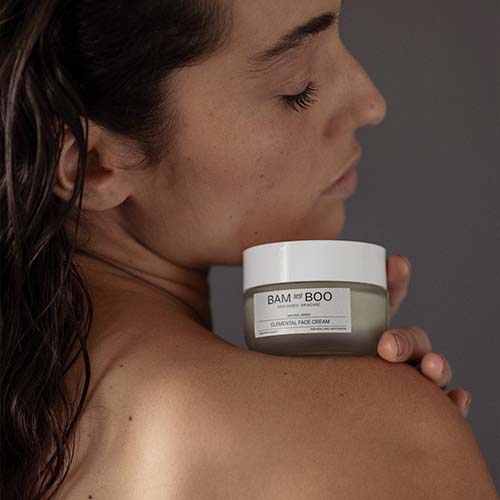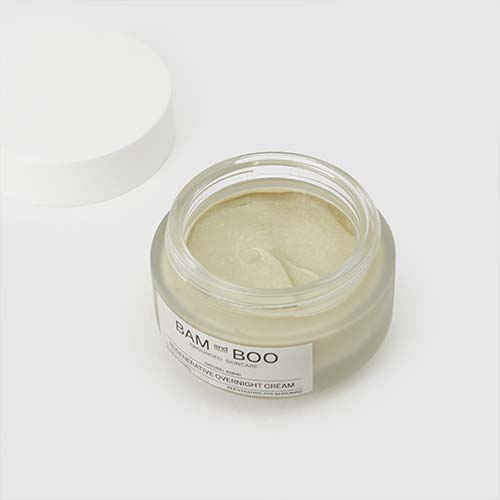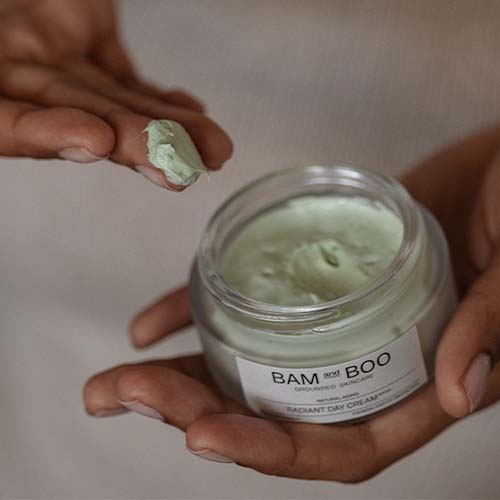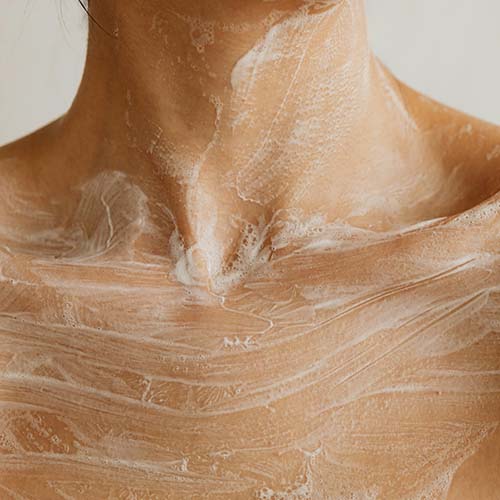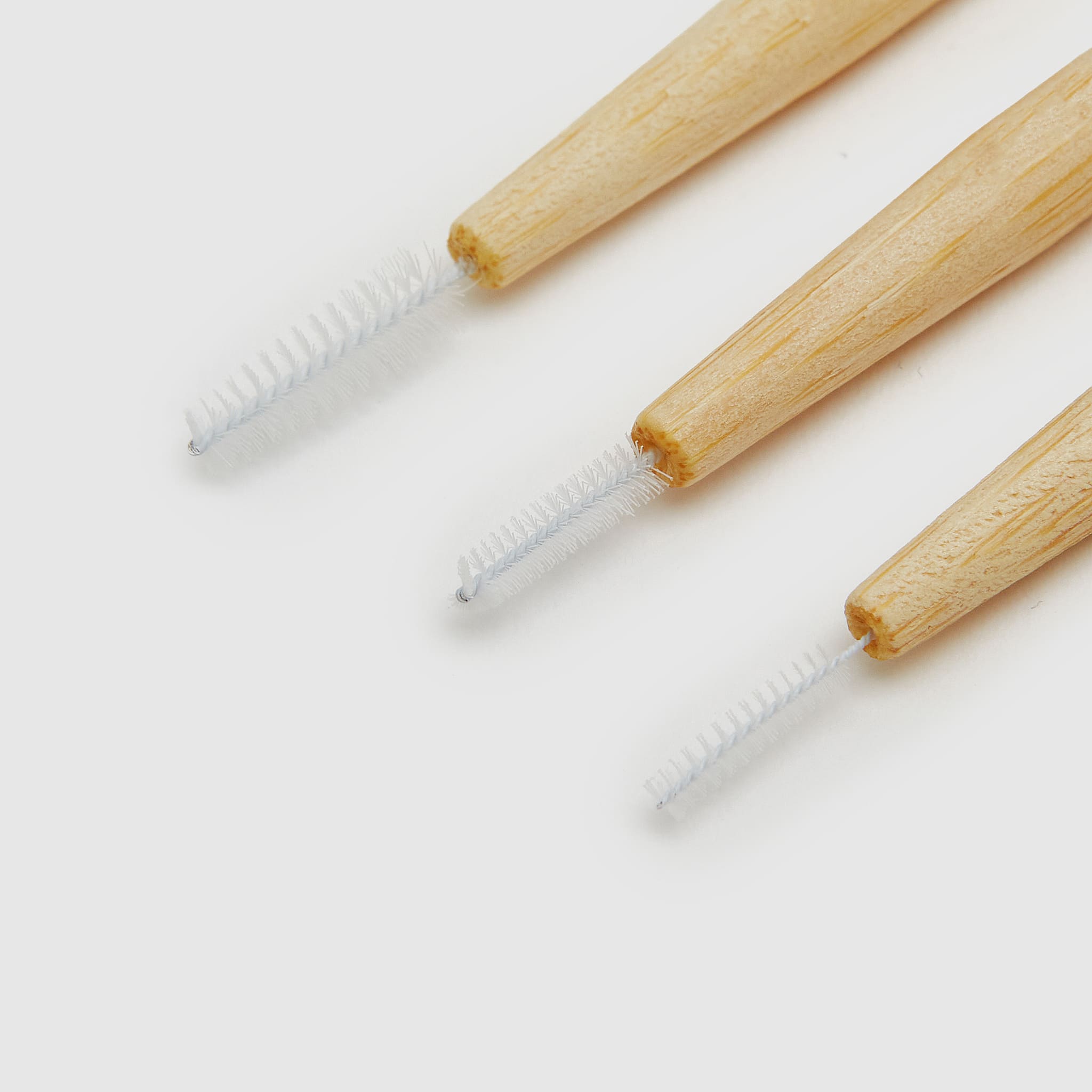Interdental Brushes
Enhance your oral care with bamboo interdental brushes. Gentle on the gums, easy to use and reusable.
SPECIAL OFFER 💛 SPA & BEAUTY EXPERIENCE | With purchases > €50. Valid in Portugal.
Interdental Brushes help you clean even the most difficult spots. These are reusable and made of bamboo, one of the most sustainable raw materials in the world.
✳︎ Delivery Time according to your Shipping Destination
✳︎ 30-Day Return Policy
Benefits

Key Ingredients
Delivery Time
Return & Refund Policy
You May Also Like
@thebamandboo
Join our community by sharing your BAMandBOO experience on Instagram. Tag your images with @thebamandboo for your chance to be featured.


